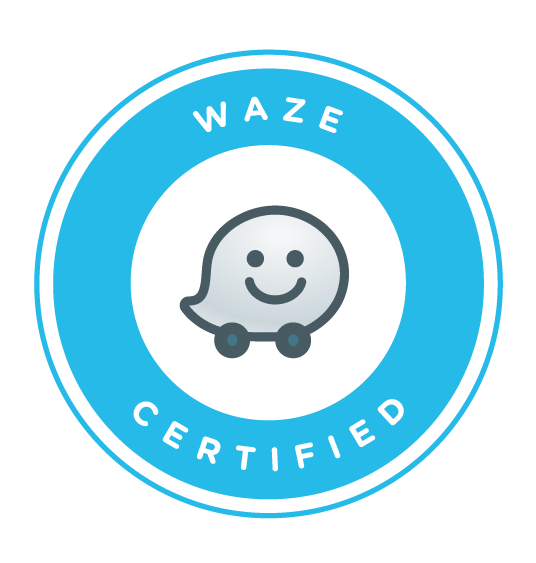
On-site SEO refers to the practice of optimising individual pages on your website for search engines.
This guide should not be taken literally, the important thing to keep in mind at all times when designing and developing a website should be your audience.
Never try to force SEO techniques upon a website. If your site needs to perform or present information in a certain way due to your brand or business requirements, then as long as this also makes sense for your audience you should not be overly concerned.
In general terms, if your website appeals to your audience it will tend to rank better as you will have many of the factors in place organically that search engines, which are often user experience focused, value.
A Web Page Deconstructed
Keyword Research
Before constructing a website you should have an idea of what content is going to be on each page as this will drive development and site layout. It also allows you to ensure that each page is as optimised as possible for search.
By doing some basic keyword research you can ensure that the phrases you want to be found for are actually being searched for. There is nothing more frustrating than gaining top position in the search results only to realise that hardly anyone actually searches for that phrase.
Basic keyword research can easily be done using Google’s Keyword Planner Tool*. This will provide an idea of the potential volume of traffic for a given phrase and possible alternate phrases.
Page Content
There is no ideal minimum or maximum when it comes to the amount of content on a page, although many experts state anything less than 200 words may not have significant enough impact. There are many examples that refute this, and just as many that show really long articles, in excess of 1,000 words for example, rank better.
The key here is to ensure that each page is constructed around a keyword theme with the aim of taking your audience on a journey to the “call to action”.
Google is especially good at interpreting semantics when it comes to text, so please don’t feel you need to hammer home keywords or leverage in phrases. Writing naturally for your audience around a theme for that page should be sufficient in the first instance.
As much as page length and keywords are talked about, one important ranking factor often overlooked is the frequency with which your website is updated. More than any factor this can have a critical impact. Updating your website on a regular basis with quality content of relevance for your audience will do more to improve your search rankings than any other single on-site factor.
Page Heading
Every page should contain a heading, sometimes referred to as page title but not to be confused with the title tag. The page heading should be contained within an H1 tag, which your CMS should handle automatically. The heading should also contain your most important keyphrase for the page, but don’t forget Google understands semantics, so don’t force it.
There should only be one H1 tag per page, use H2, H3 tags for sub-headings if required.
Although the H1 tag may not carry much weight when it comes to SEO, it does carry a little, and using the tags in this way is also standard practice.
Page URL
Having keywords in the page URL can add a small amount of weight to your page’s search prospects. In any case, for ease of use website URLs should always be “friendly” i.e. readable:

Title Tag
This should not be confused with the title on the visible page, but in some circumstances may actually be the same.
The title tag is often seen as one of the most critical factors for on page SEO. Your CMS system should allow for the title tag to be adjusted independently of other page content. The title tag becomes the link to your website in the search results:

Best practice states that you should try to include the most important keywords towards at the beginning of the title tag.
Every page should have a unique title tag.
Optimal length is 70 characters, anything over this may not be displayed. Although Google are testing the layout of their search results pages, so there may no longer be an exact guideline.
How Google’s redesign may impact optimum Title length:
Above image from a post by Dr. Peter J. Meyers on The Moz Blog.
Meta Description Tag
Although this does not play a factor in rankings, the meta description does appear in the results:

Therefore it is important to write this in a way that will encourage your result to appear more relevant and inviting than your competitors.
Optimal length is between 150-160 characters, anything over this may not be displayed.
Every page should have a unique meta description.
Images
A website speed is an important ranking factor and one of the most common causes of slow loading pages are excessively images with excessively large file sizes. Although there are no exact guidelines all images should be optimised to reduce their file size as much as possible without adversely affecting quality.
Images should never be used as is and should be resized on the website itself.
All image filenames should be relevant to the image itself, including images that are part of the website design. Only include keywords if they form part of the image.
Good: bunch-of-daffodils.jpg
Bad: image_265_a.jpg
All images should have ALT text, again including images that are part of the website design. This is a small snippet of text, similar to the filename. Your websites content management system should allow you to edit this.
The ALT text is the search engine’s way of reading what is in the image.
Note: The Meta Keywords tag, which Google does not use in rankings, only serves to give your competitors an insight into your search strategy. Along with many others we recommend against using it on your web pages.
A Few Further Points
These are slightly more technical considerations and should really be handled by your web developer, but worth keeping in mind.
Mobile Friendly
Mobile is an important factor in search. Mobile devices are increasingly used to search for information, not just when people are out and about. Google will take into account where your website should be featured in search results based on its compatibility with mobile devices.
With a new website we highly recommend you consider a responsive design which allows for use on a mobile device.
XML Sitemap
An XML Sitemap allows the search engines to crawl and index your website more efficiently. This should be included as part of the websites initial build and updated automatically every time new content is added to the site.
Google Analytics and Google Webmaster Tools
Although neither of these tools will assist your rankings directly they will provide insight into both your websites rankings and any potential issues. They are free and we highly recommend integrating both tools into your website.
If you need help optimising your website for the search engines, we’d be happy to run a free initial SEO Audit Summary to highlight any potential issues. Just complete the form below and we will email you a complimentary report.
* In order to use the Keyword Planner you need to have a Google AdWords account. This is free to set up.







